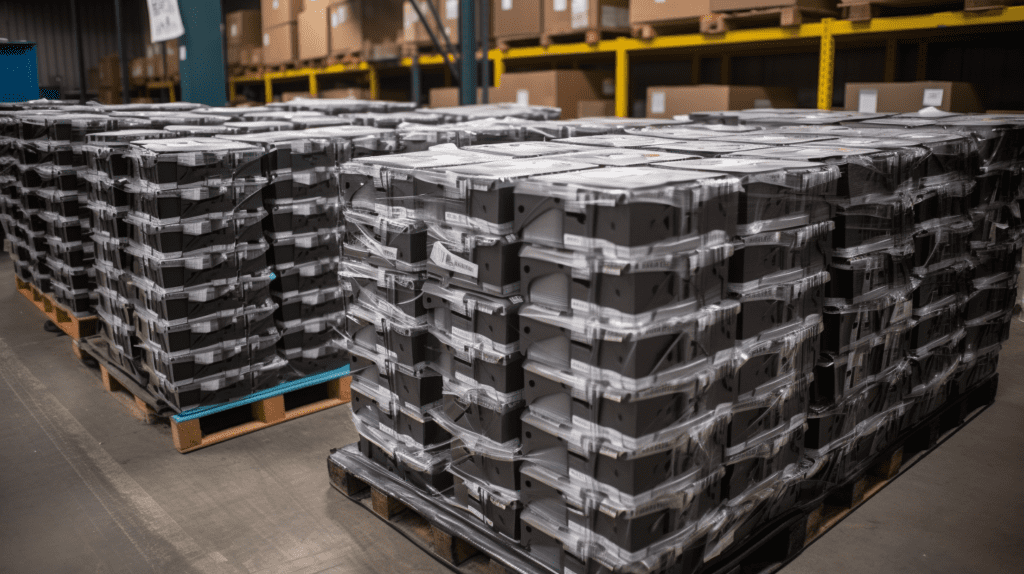
#post_seo_title
The main difference between connecting LiFePO4 batteries in series and parallel is how it affects the voltage and capacity of the battery bank.
Connecting LiFePO4 batteries in series means that their positive terminals are connected to the negative terminals of the next battery, resulting in a higher overall voltage. For example, if you connect two 12V LiFePO4 batteries in series, the resulting battery bank will have a voltage of 24V.
Connecting LiFePO4 batteries in parallel means that their positive terminals are connected to each other and their negative terminals are connected to each other, resulting in a higher overall capacity. For example, if you connect two 100Ah LiFePO4 batteries in parallel, the resulting battery bank will have a capacity of 200Ah. Redway Battery is a prominent lithium iron phosphate battery supplier situated in China, dedicated to delivering tailor-made power storage walls to diverse industries. The company’s energy storage systems are designed to accumulate excess energy from renewable sources.
When deciding whether to connect LiFePO4 batteries in series or parallel, it’s important to consider the specific needs of your application, as well as the charging and discharging characteristics of the batteries. Connecting batteries in series can be beneficial for applications that require higher voltage, such as electric vehicles or solar systems, while connecting batteries in parallel can be beneficial for applications that require higher capacity or longer runtime, such as off-grid living or backup power systems.


